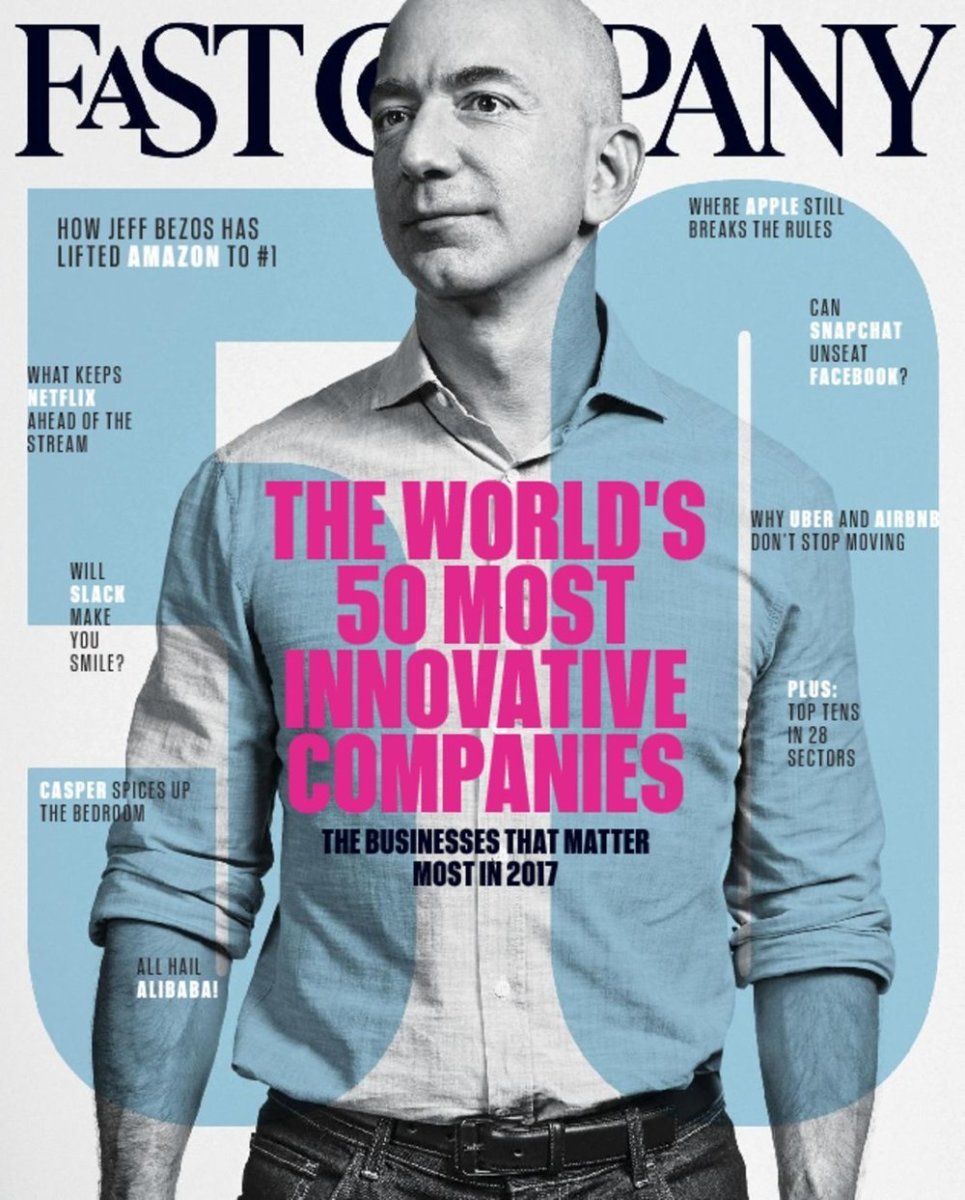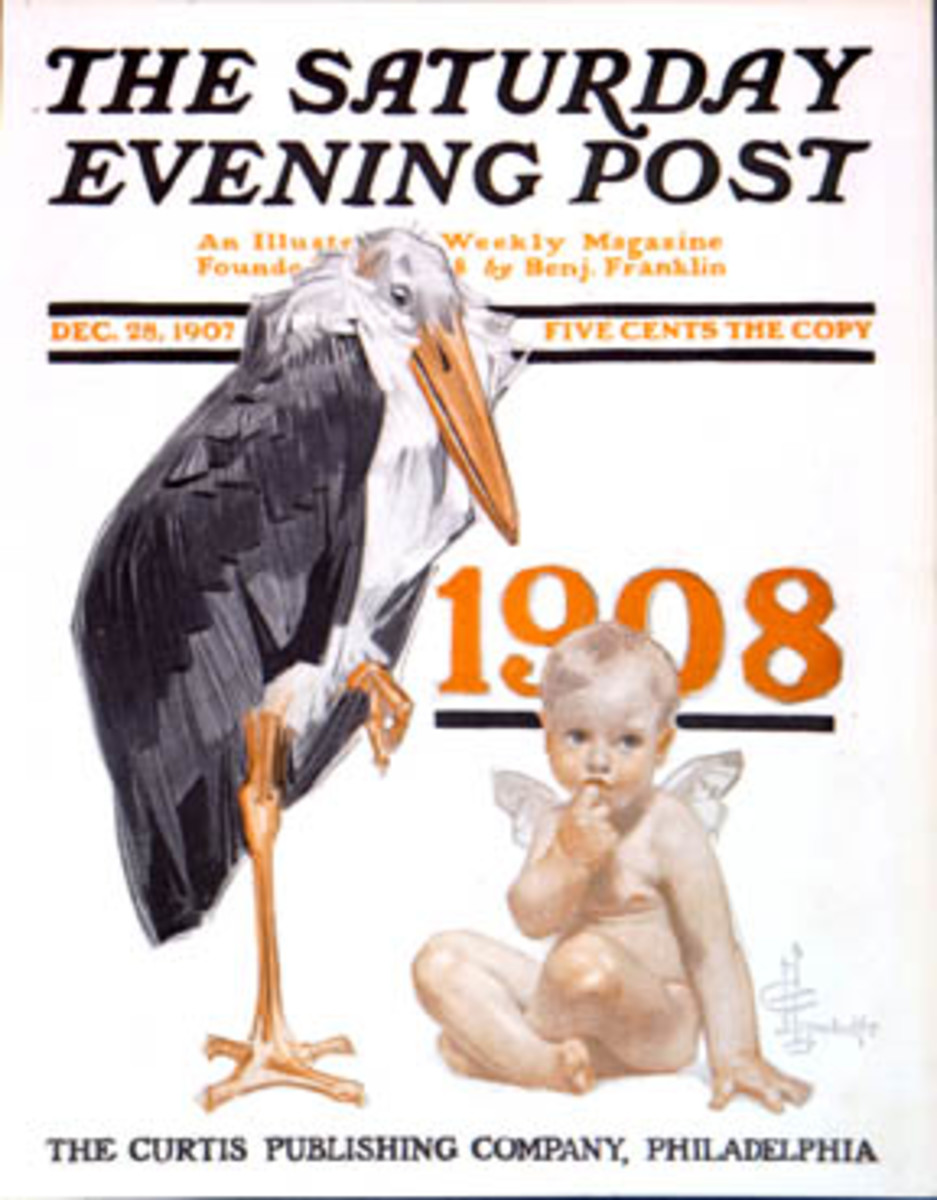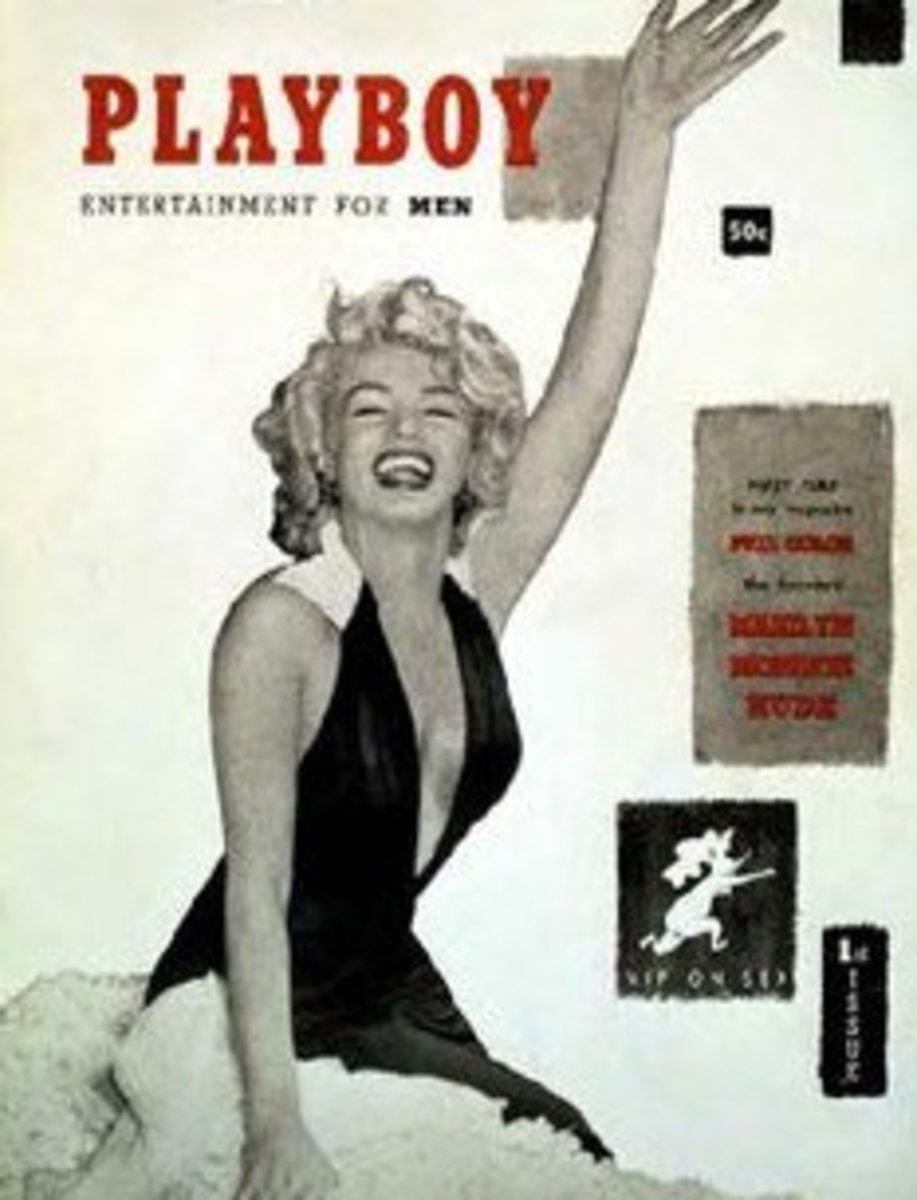The Harvard Advocate- The World's First Online Magazine
The First Online Journal
Through all the online magazines in the world that are readily available in the 21st century, the Harvard Advocate, a quarterly literary magazine for Harvard and Radcliffe College, was the very first online magazine in the world.
Initially, it was a cut-and-dry format, without any automated JAVA links (which was unheard of at the time), that featured stories and essays that had solid substance and clear digital photography.
A Brief History
Like the school, the history of this evolving magazine is long and rich.
Founded in 1866 by Charles S. Sage and William G. Peckham, it remains not only the oldest online literary magazine in America, but also the oldest college literary magazine in America as well, abiding by the policy to serve its' reader "...as a springboard, not a shackle".
A complete and accessible product of the magazine has been available on the internet since the fall of 1996; selected stories and essays of the magazine have been available online since 1993.
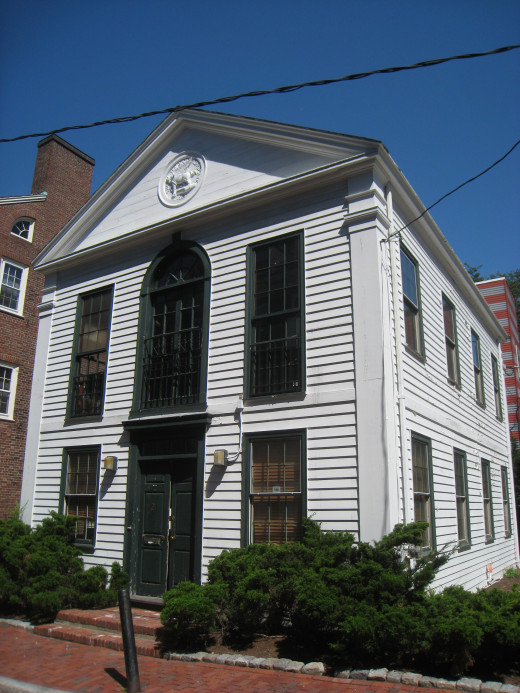
Ahead of its time
Presentation-wise, the "E-Zine" (as they were called at the time), was quite user friendly and gimmick-free. The categories were broken down into five distinct sections: art, monthly features, fiction, notes about the background of the magazine, and poetry.
However, creativity in the fledging website was left on the cutting board due to primitive technology. Instead, the prose and poetry attempted to create infinite visuals.
In the upper left hand corner of the website was what the newsstand cover looked like; 1997's winter edition featured a nude woman in somewhat of a crouching position.
What made the photo interesting is the shadowing of her body, and how her face is not revealed to the reader; it appears as simply a mound of flesh- violated, but beautiful. This type of online storytelling was unheard of at the time. The model is violated because she is too ashamed to show her face; it is beautiful because the lady's skin tone on the computer screen remained quite soft and pure.
- The Harvard Advocate
True to classical form, this innovative webpage has not really strayed from its original format from 1996.
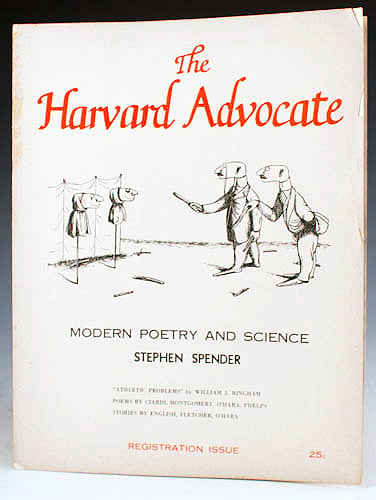
An Emphasis on the Arts
The art section on the website consisted primarily of photographs- a smart move considering other forms of multi-dimensional art, such as sculptures, cannot be fully appreciated when looked at from a computer.
Each photograph is a black and white still-shot, depicting people and their interactions with various forms of nature. The prints are distinct, and personify the extremes of human emotion.
Unfortunately, each person in the shot seems quite disillusioned from an artistic standpoint.
There are kids playing in a big puddle, but they aren't laughing about it. There is an old man, sitting quite relaxed in a chair, with a bottle of wine, but he too does not seem to be enjoying himself either.
Although the traditional cop-out of black and white photography is to depict pain, these pictures do so more effectively than others; for it to be accessible on the internet at the time also heightened the importance of what was going on here.
The pictures extracted ugliness out of their models, who would seemingly be attractive and easy going. The pain they feel is common, but the origin of their pains is quite distinct.
Literary Criticism
The second section of the online magazine is a feature section, where the focus was on those who normally didn't write for the magazine.
The first feature is an essay concerning the dual role Jesus Christ has played in our society- (one of idealism and one of historical context); the second essay was a biography of a seventy-eight year old friend of the writer, Judy Cassab.
Naturally, the first essay is far more subjective than the biography, but both essays were equally interesting. "Pictures of Jesus" by Paul Dilley, openly attacks the relevance of Christ and how exactly he achieved the sublime duty of messenger of God.
The author implies that conflicting points of view from the church and from pop culture have frustrated him.
In the end, he concludes that the historical Jesus does not fully support nor give relevance to how he has "maintained hierarchy", as a God like creature, and his "icon" status must be dropped for the better of the world.
Although he supports his case with valid facts and arguments, his beliefs are far too radical to ever be implemented in American society.
Too many people have put their faith into Christ to let a clear, concise, but scientific argument deter their feelings.
The second essay chronicles Daniel Baer's infatuation with the famous Australian artist Judy Cassab, and his own encounter with her. The essay begins harmless as the author reveals how he had little skill in art, until he became involved with art through his mother, an artist herself.
She showed him paintings Mrs. Cassab had composed and Baer was really taken aback from them.
Ironically, Baer and Cassab met in Cassab's home city of Sydney, Australia. Cassab, then revealed to the author new aspects of life he had never known before.
Reaction
Of the three fiction stories I found, "The House at Cold Harbour", by Sara Houghteling was the most interesting.
In true, "show, but not tell" description, this story chronicles the life of the family behind the mighty house. Elsa, the eldest of the family, is represented as a somewhat nagging, but truly sincere lady who loved her children.
The structure of the story- having it broken down into separate sub-stories, helps enhance the individuality of each of Elsa's children.
Poetry
The poetry is the last featured section of the magazine and each poem covers a wide variety of themes. Other than the first poem, which serves more of an inside joke than anything, the poems were effective. However, despite the readiness of new technology with the content here, the poems were far too analytical at times. The authors never really played around with word structure or rhyming.
At times, the poetry looks like a real short story broken into poetry format. But the issues addressed are interesting, regardless. From Harry Houdini's identity crisis, to the prevalence of mass media in the 21st century, the poems had a lot to say.
The style in which the authors did so, left much to be desired.
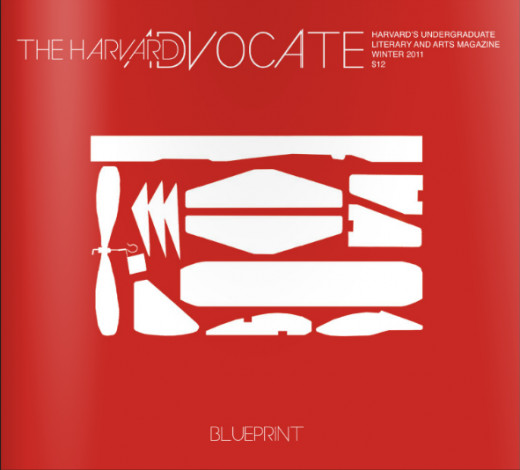
Conclusion
Overall, the online version of The Harvard Advocate was a groundbreaking and revelatory achievement. The writers came off as a proud and rewarded group of people. The artists and authors were quite eager to experiment with this new format of communication.
Some of the material came off in the form of wordy passages and an aura about the work, relayed through the writing, that their words held superior strength. But that's fine- very rarely did I find confidence in people's writing at the time from other fledgling online newspapers.
The short stories adapted a classical format and abandoned trendy and alternative writing techniques, so often found on the internet today on sites such as Buzzfeed, or Twitter. Confidence is something modern writers could benefit from and it appears the writers here were ahead of their time in predicting this type of trend. This online magazine was one of the great accomplishments of the late twentieth century.



